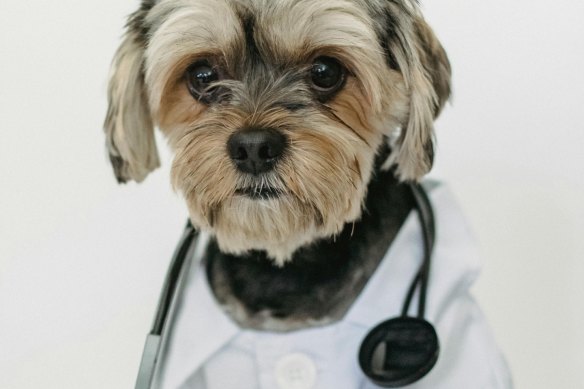
Optiscan Imaging is moving into veterinary medicine through a memorandum of understanding (MoU) with the United States-based University of Minnesota to combine its cancer imaging technology with the veterinary faculty’s research expertise with dogs and cats.
The partnership formalises a comprehensive research agreement between both parties to use Optiscan’s digital confocal laser endomicroscopic imaging system in combination with the university’s renowned veterinary expertise and facilities. The company says the first goal is to generate clinical data that will prove the worth of Optiscan’s imaging technology in veterinary medicine, particularly in the diagnosis and treatment of cancer in cats and dogs.

Optiscan Imaging has struck a deal to collaborate with the US-based University of Minnesota veterinary faculty on use of its imaging technology for animal companion oncological purposes.
As Optiscan’s system uses an injectable contrast dye known as fluorescein in tandem with its optical imaging device, the initial data from the partnership will form the basis of background information used in clinical studies that will be needed for full US Food and Drug Administration (FDA) approval of the company’s technology in veterinary therapies.
‘Success here could see the creation of new standards in animal care that would replace traditional pathology methods’
Optiscan chief executive officer and managing director Dr Camile Farah
Optiscan chief executive officer and managing director Dr Camile Farah said: “Combining the respective strengths of Optiscan and the University of Minnesota College of Veterinary Medicine opens the way for the unlocking of new possibilities in the diagnosis and treatment of critical conditions of concern to veterinary medicine. Success here could see the creation of new standards in animal care that would replace traditional pathology methods for the diagnosis and treatment of various conditions with new technologies such as ours at Optiscan, underpinned by high-definition in vivo imaging in real-time that can provide veterinarians with previously unavailable insights.”
According to Farah, the sizeable potential market provides a “unique” opportunity for Optiscan alongside the US university. With more than 70 million domesticated dogs and 80 million cats in the US alone, many of them facing significant health issues, the veterinary market presents a ripe opportunity for innovation.
Annually, more than 12 million companion animals are diagnosed with cancer, creating a pressing need for improved veterinary services. Among those cases, breast and oral cancers are particularly prevalent, accounting for 27 per cent to 53 per cent of cancer diagnoses in cats and dogs.
The market opportunity therefore aligns well with the conditions Optiscan is already addressing in human oncology, making veterinary medicine a natural extension of its technology.
The move into veterinary services is a first for Optiscan, although the idea to do so may have been generated closer to home. As noted in a Bull N’ Bears article in May, Opitscan’s biggest shareholder, Bob Peters – a prominent Western Australian businessman and horse racing identity – has been attracted to his investment in the company after his own brush with cancer and by the thought that real-time information provided to pathologists could save enormous amounts of time and money.









 Add Category
Add Category